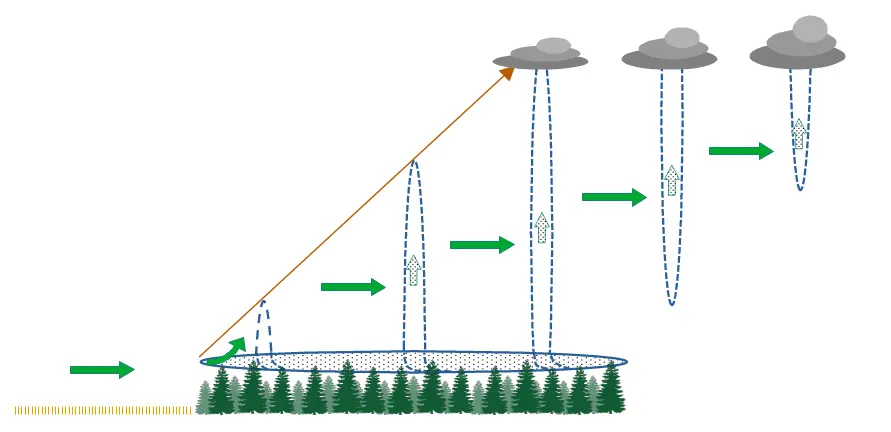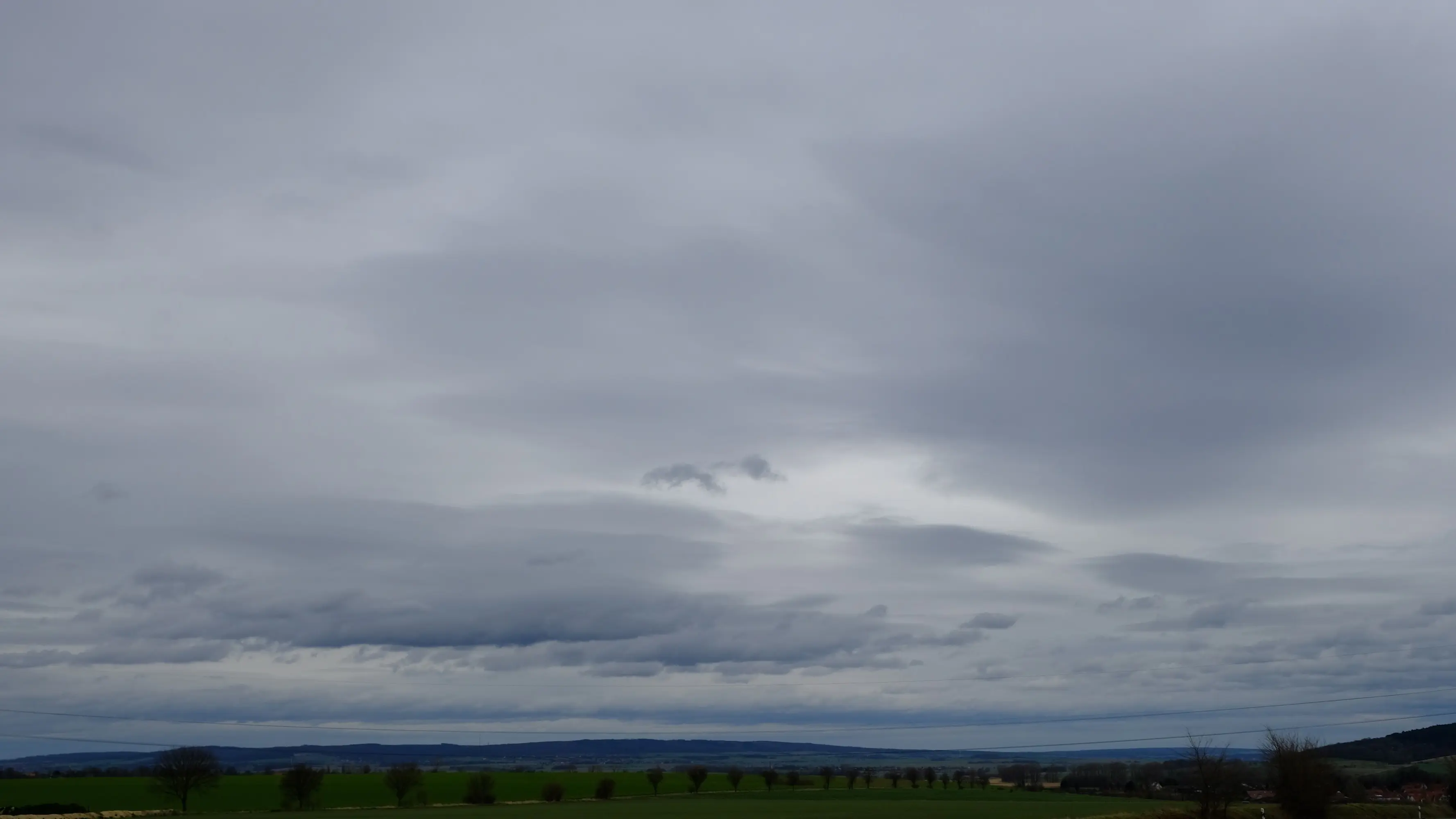About thermal updrafts
The sun warms the air on the ground. If it is warm enough, it rises. - that's what people say.But there is much more that we now know about thermals.I have compiled a few of my publications here for anyone who wants to take a closer look at the subject.

Thermal Updrafts in the Wind
Thermal updrafts within the convective layer are vertically oriented even in the presence of wind, they move horizontally forward at the speed at which they detach from the ground

The Formation of Thermals on the Ground
Data from measurement masts in Hamburg and Hyytiälä provide unique insights into thermal detachment over grass and forest

Humidity, the Dominating Force of Thermal Updrafts
Over 90 hours of measurement data prove that updrafts are significantly influenced by humidity

In the Asse-Elm Resonance Wave to 2600 m
After accidentally stumbling into this wave, I wanted to know where it came from and discovered remarkable phenomena

Correct interpretation of glider in-flight environmental sensing in thermal updrafts
If temperature measurements are to be made with an aircraft, measurement errors must be corrected, because otherwise one quickly comes to the misinterpretation that thermals are warmer than the ambient air


